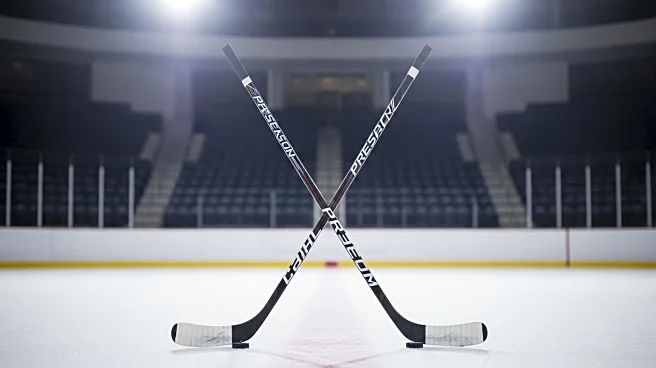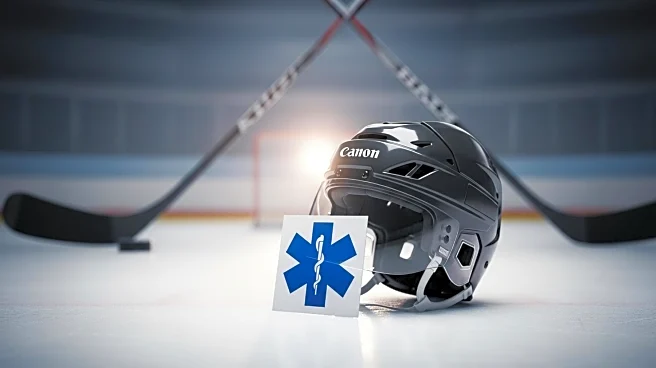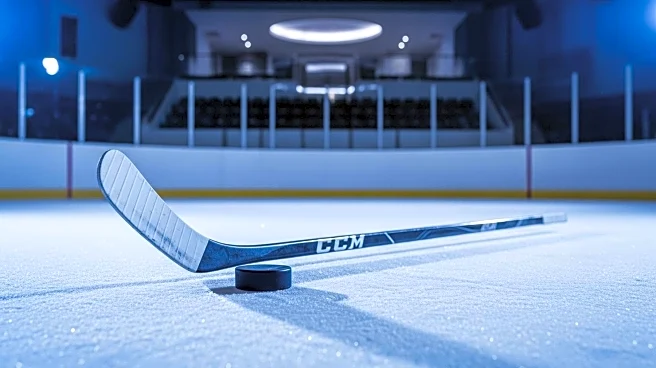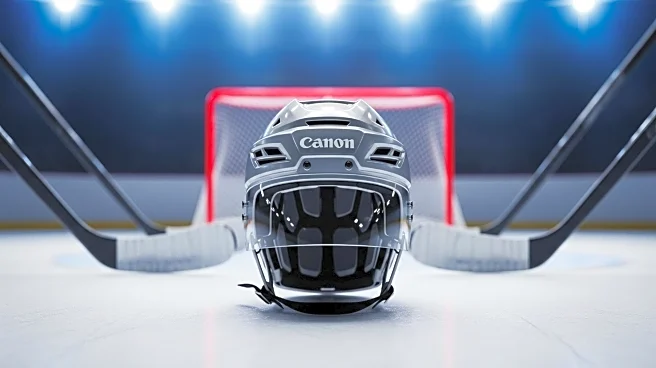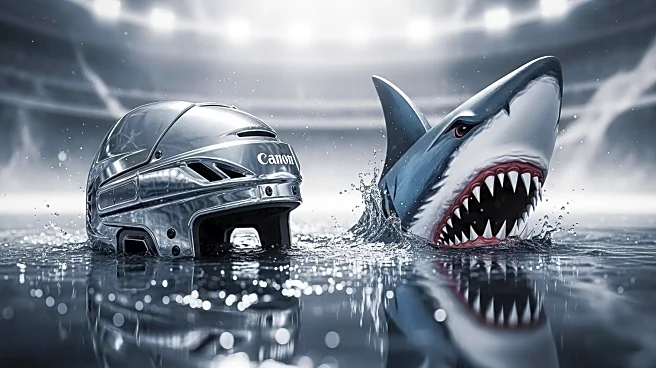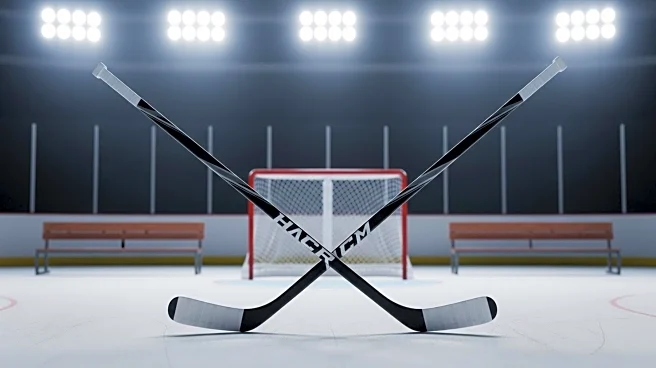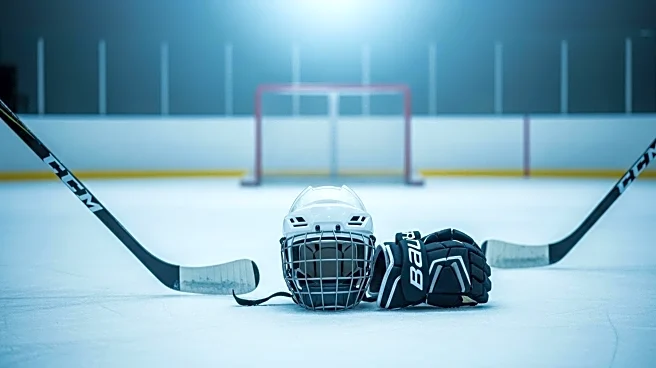What's Happening?
Several NHL teams are dealing with player injuries as the 2025-26 season approaches. The Boston Bruins' forward David Pastrnak has returned to skating with the main group after dealing with knee tendinitis last season. The Carolina Hurricanes are missing defenseman Jaccob Slavin due to soreness, while Jalen Chatfield is out with a hip issue. The Chicago Blackhawks have Andre Burakovsky back on the ice after a lower-body injury, but Landon Slaggert and Brett Seney are sidelined. The New York Islanders' Kashawn Aicheson is day-to-day with a lower-body injury. Pittsburgh Penguins' Kevin Hayes will miss the start of the season due to an upper-body injury. Tampa Bay Lightning's goaltender Andrei Vasilevskiy is out for a few days due to player management. Utah Mammoth's Logan Cooley, Barrett Hayton, Jack McBain, Alex Kerfoot, and Liam O'Brien are all dealing with various injuries. Vegas Golden Knights' Alex Pietrangelo is recovering from a hip injury and will start the season on LTIR.
Why It's Important?
These injuries could significantly impact team performance and strategies as the NHL season begins. Teams may need to adjust their lineups and rely on less experienced players to fill gaps, potentially affecting their competitiveness. The absence of key players like Pastrnak, Slavin, and Vasilevskiy could alter the dynamics of games and influence standings early in the season. Additionally, the management of these injuries will be crucial for teams aiming for a successful season, as prolonged absences could hinder their playoff aspirations. The situation highlights the importance of player health and effective injury management in professional sports.
What's Next?
Teams will continue to monitor and manage player injuries, with some players expected to return soon while others may face longer recovery periods. Coaches and medical staff will focus on rehabilitation and ensuring players are fit to return to play. The start of the season will test teams' depth and adaptability as they navigate these challenges. Fans and analysts will be watching closely to see how these injuries affect team performance and standings in the early weeks of the season.
Beyond the Headlines
The prevalence of injuries raises questions about player safety and the physical demands of professional hockey. Teams may need to reassess training and conditioning programs to prevent future injuries. The situation also underscores the importance of having a strong support system for injured players, including medical staff and rehabilitation facilities. Long-term, these challenges could influence league policies on player health and safety.


